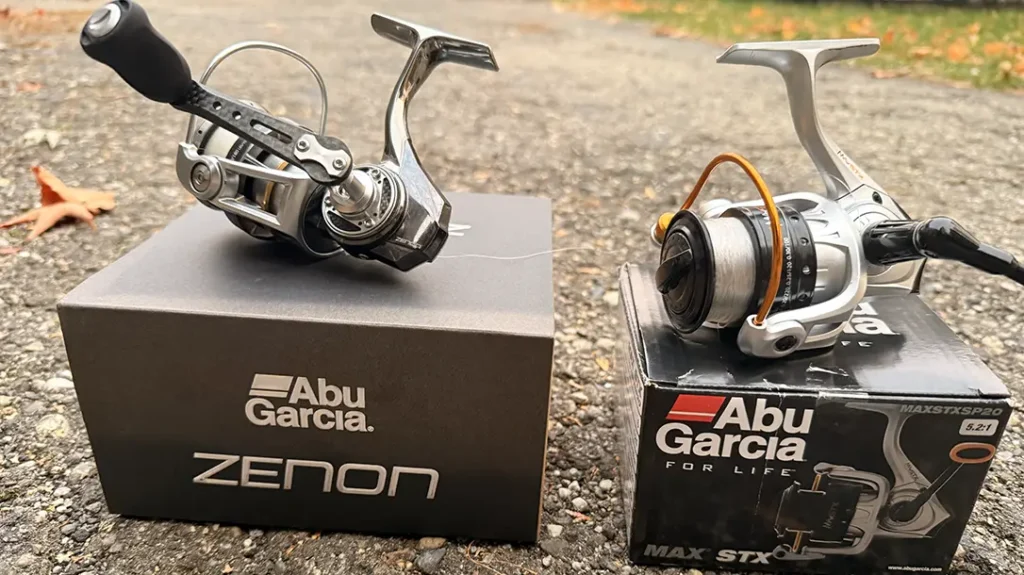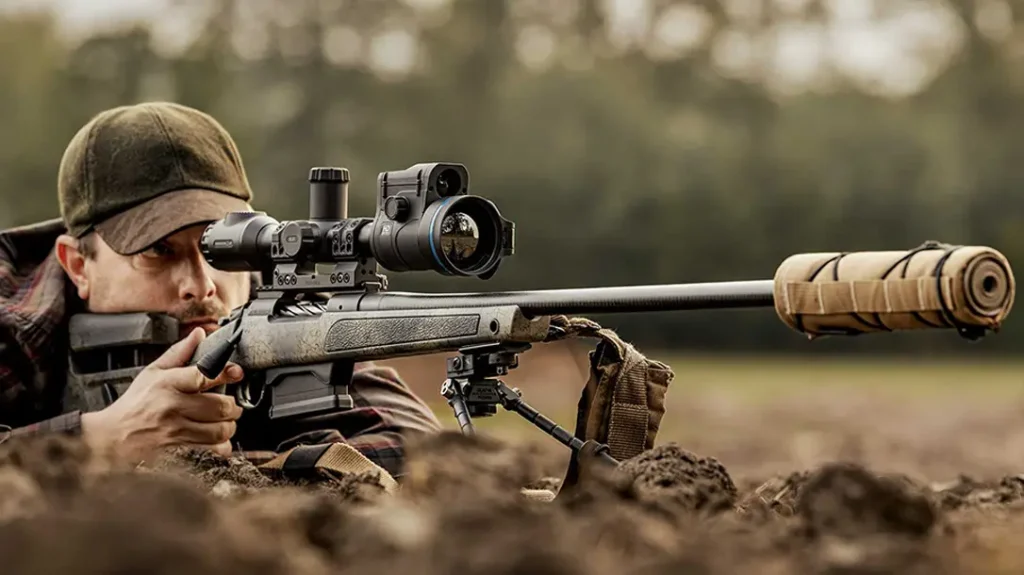Women often ask me at training sessions how I carry my gun concealed. Most ask because where they work they have to carry their handguns on their body. I needed to come up with an educated, researched answer. Since I almost always carry my concealed handgun in a purse, I needed to try other options. This would be a perfect time to find a holster suitable to carry my revolver on my body and offer recommendations to women.
To start, I went to my basement and began digging through the box containing many slightly used holsters. My husband was an undercover agent for many years, and these were holsters he had tried and for one reason or another just wasn’t happy with. I started my research by going through the box and eliminating styles I was sure I wouldn’t find useful. Since I would be wearing the holster several hours daily, I wanted to make sure it was comfortable, concealable and accessible. I decided that an outside-the-waistband (OWB) holster was what I wanted to try.
Test Subjects
Advertisement — Continue Reading Below

There are many choices for OWB holsters. I normally prefer plastic or Kydex, but knowing this holster would not be used for long training sessions, I decided to go with leather. With some online research I realized the next choice to make was strong-side draw or crossdraw style. Having always worn a strong-side holster for training and competition, I wasn’t sure I would like a crossdraw and it was not my first choice. I figured it would take too much time to get used to.
RELATED: 10 Tips on How To Carry Concealed With a Full Size Gun
Advertisement — Continue Reading Below
The folks at Galco sent me two OWB holsters for my Smith & Wesson revolvers. A COP 3 Slot strong-side belt holster with a thumb break retailing for $78.95, and the Hornet crossdraw holster, sans thumb break, retailing for $64.95. These two holsters would begin my research, wearing each holster everywhere I went for three days.
Field Test

Advertisement — Continue Reading Below
Favoring the strong side, I wore the COP 3 Slot with my S&W Bodyguard .38 Special first. It slipped on easily with the way I wear my belt. I used the bottom slot on the two-slot side since I don’t prefer a forward cant. Doing various chores around the house, I didn’t have any problems with it getting in my way. Matter of fact, I almost forgot I was carrying. The thumb retention was easy to use and I had no problem drawing when I was standing. The problem arose after I had been sitting in the car and while bending at the waist doing grocery shopping. In the car I found myself leaning on my right butt cheek to keep the butt of the gun and thumb break from rubbing my ribs. This wasn’t an ideal situation and eventually my back started to hurt. I assumed this was just something I would have to get used to, so I wore the COP 3 Slot for two more days.
RELATED: Top 16 Women’s Concealed Carry Items
On the fourth day I switched to wearing the Hornet with my S&W Model 442 .38 Special. This holster required me to switch the way I wore my belt. I had to put the belt through my pant loops, starting from the right rather than the left. Not a big deal, but something I had to think through. As a right-handed shooter, I first put the holster on over the rear of my left pocket. This caused the same issues as with the strong-side holster: the butt of the gun rubbing my ribs. I decided to position the holster more forward on my waist, over the front-left loop, in a crossdraw appendix position. Once on, I did some practice draws from the holster. With no thumb retention, I had only to practice drawing from a different location on my waist. This did not take long to get used to; after a few reps, I felt comfortable.
Advertisement — Continue Reading Below
I started by wearing my revolver around the house before I headed out. As with the COP 3 Slot, it never got in my way and I almost forgot I was wearing it. When I got in the car to head to work I had no problems with the gun rubbing. Sitting there, it was immediately apparent that if I had to draw the revolver I had much easier access than when it was on my right side. At work I had no problems bending and moving around. Crossdraw carry did not cause any discomfort.
The Takeaway

To complete the research, I decided to wear each holster for two additional days. The following are my conclusions with each holster.
Advertisement — Continue Reading Below
Strong Side OWB: When I put on the side-draw holster again, after not wearing it for three days, I immediately felt the spot that was tender on my ribs. Again I found myself shifting in the car for comfort. The problem seems to be that the holster is tipping in because of where it rides on my hip bone. This isn’t an issue as long as I am upright; however, when I sit down, the butt of the gun and the thumb break rub right on the bottom of my ribs.
Crossdraw OWB: Although only two days since I last wore this holster, I had no obvious tender spots where the gun might have rubbed me wrong. Even bending over and picking things up off the floor was not a problem.
Ten days of research proved to me that a woman’s curves can cause concealed carry to be uncomfortable when a holster is worn on the hip. When it comes to the three previous criteria—comfort, concealability and access—the crossdraw worn in the appendix position met my needs without compromise. Although this may not be right for everyone, from now on this is how I will be carrying my concealed handgun.
Advertisement — Continue Reading Below
For more information, visit http://www.galcogunleather.com or call 800-874-2526.
This article was originally published in the December 2014 issue of COMBAT HANDGUNS. Subscription is available in print and digital editions below.






























